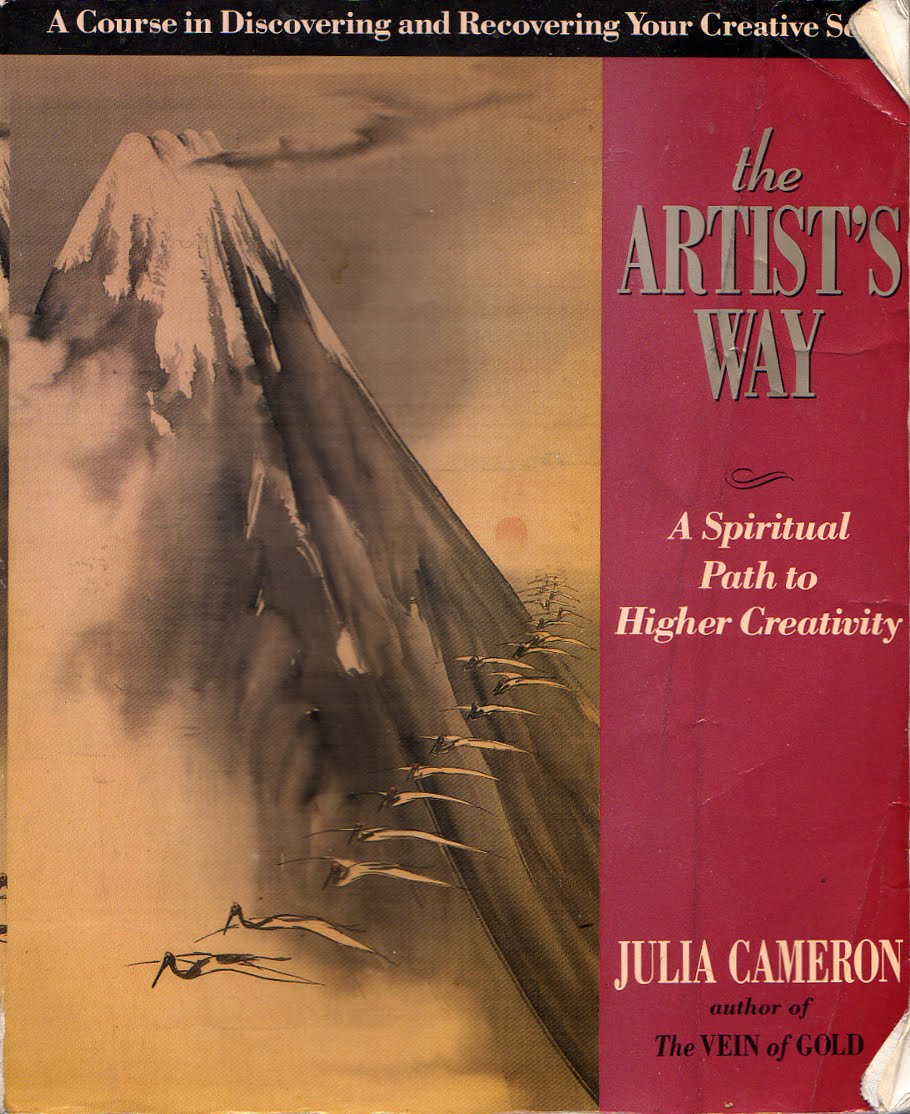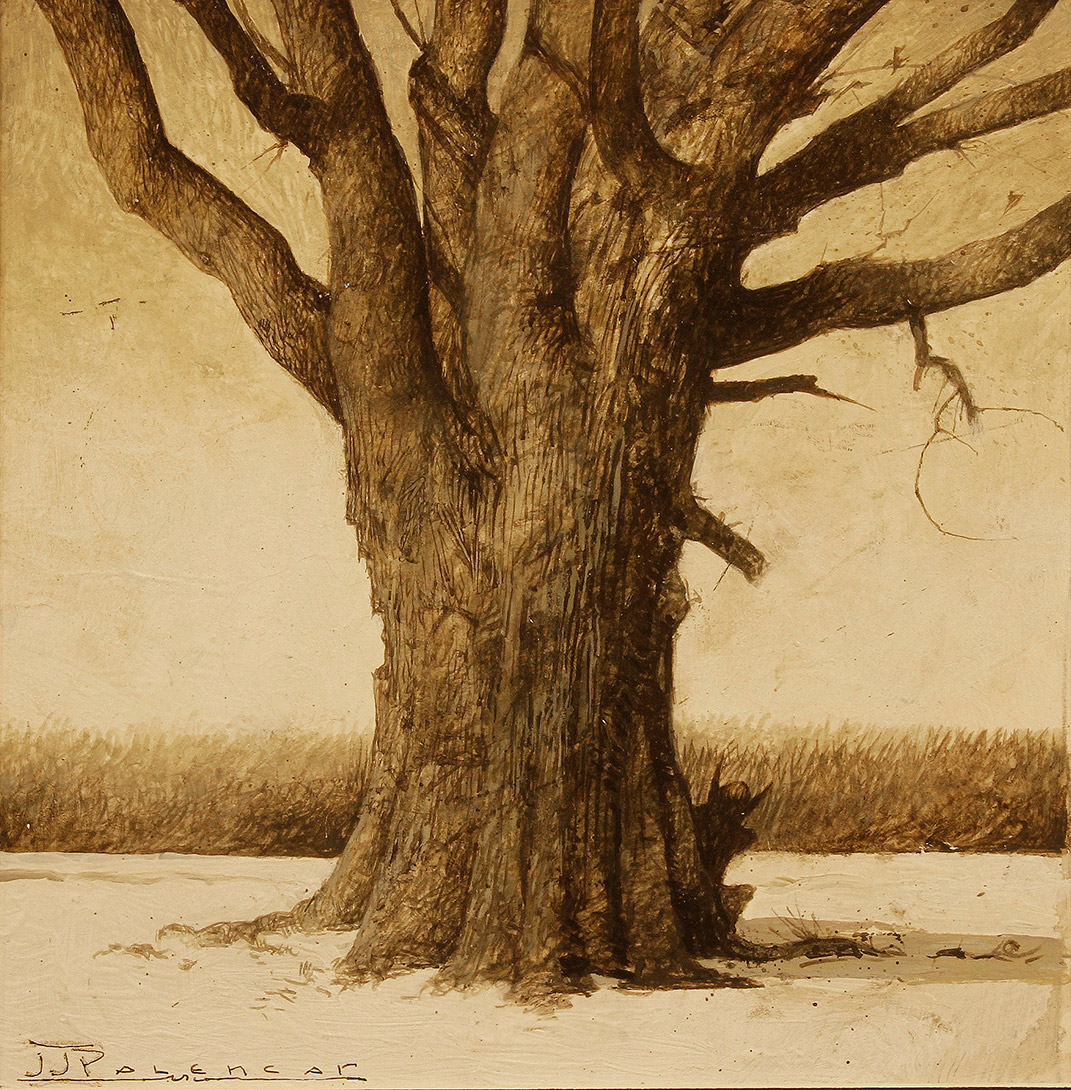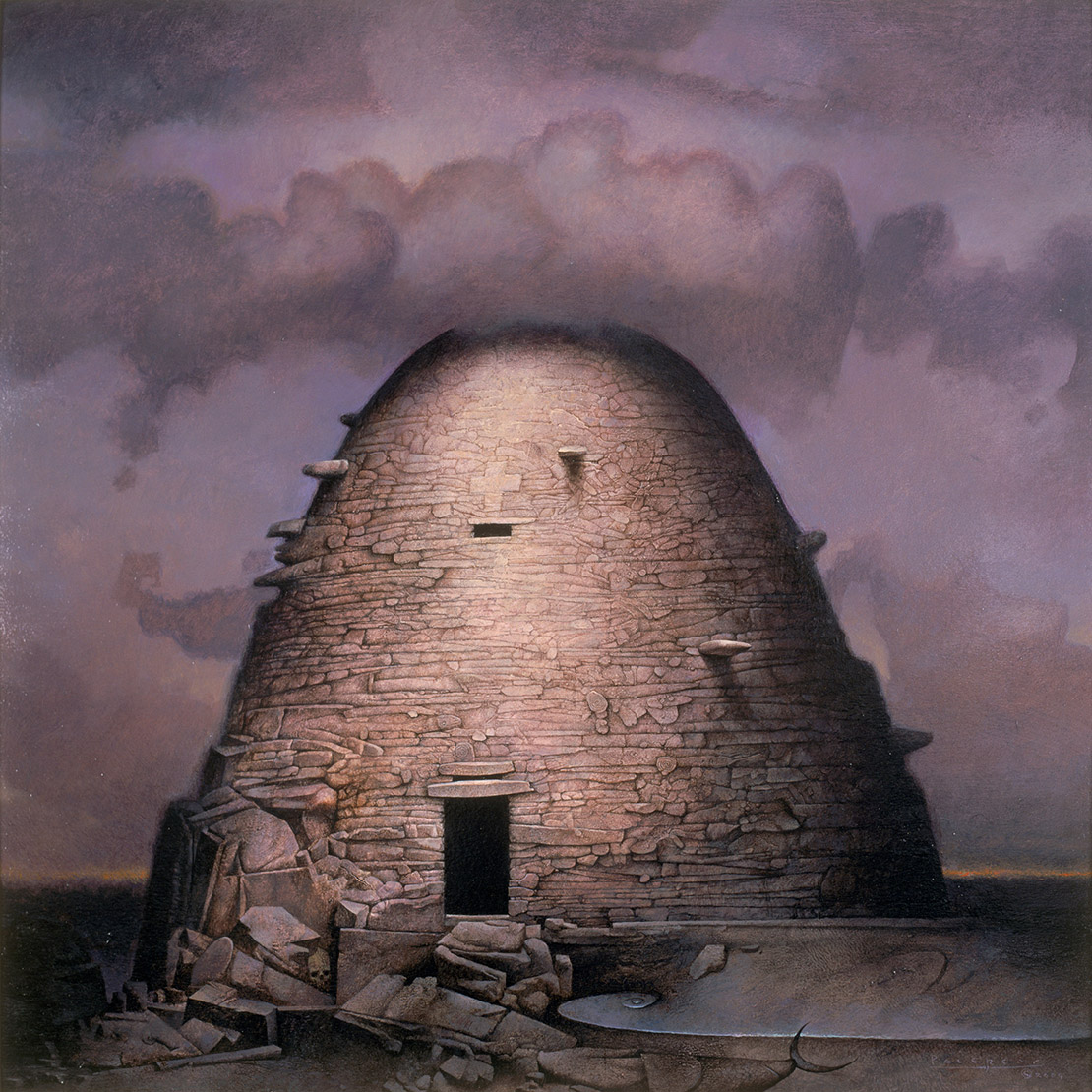On Friday Eric Fortune posted some artistic advice that resonated with a number of visitors to our blog. Most have read or leafed through the book “Drawing from the Right Side of the Brain”. That book offers hands-on practical exercises for the artist to develop a way of seeing the world. The material Eric posted was a bit different. As artists we all know creating art is a bit of a mind game. While we all have fairly decent dexterity and can come up with solutions for a variety of projects. There is a point were we all get “blocked” or have stagnant periods in our creativity. Eric stumbled across the material he posted while working in the art department of a Midwest company. He didn’t know the source of the material that he posted. After reading Eric’s post something sounded familiar. I was sure that I had read these constructive suggestions before. Since I haven’t read this book in a while ( I will have to revisit the material) I am about 90% sure that this is where Eric’s source material came from…
The book is titled “The Artist’s Way” by Julia Cameron (ex-wife of James?). Her book addresses many of the pitfalls and creative blocks that all creative people face.
Now I must go dance in the woods….








i fondly remember this books place on the top of my mother's bookshelf and how she had it on the kitchen bench every time she was working on her sculpture. Having a strong and special association with seeing this book when creative 'vibes' were high, it must have developed a bit of an untouchable aura, because I have never felt like i could pick it up and read it… perhaps now is the time!
Julia Cameron is not one of James Cameron's ex-wives. If they're related, it's only distantly. She was, however, married to Martin Scorsese.
Hey Howard – Thanks for clearing up the info in regard to Julia's ex-husband. Damn – I mentioned the wrong film director. I stand corrected!
JJP
Thanks, this is now added to my must read list. 🙂
Hey, if a Palencar dances in the woods and no one is there can you still hear the applause?
Cheers for this, both Eric & John.
Well needed inter-continental slap in the face at just the right time.
Just ordered the book, gracias.
Mark
I recognize this book from my years working in a bookstore as a teen, but I regret not having read it now that I am moving into a more creative phase of my life.
I've heard of this book and I may have to check it out. I'm intrigued.
Another text that belongs on every artist's shelf is Art And Fear by David Bayles and Ted Orland.
Hey John,
The “Artist's Way” was a great book to focus in on my creative process and “reprogram” my thinking as a creative person. I read it and used it as part of a college study in 1997 on the creative process. I have my college journals posted on my art blog. This is the link to the beginning of the Artist's Way posts if interested:
http://snyderart.blogspot.com/1997/04/artists-way.html
Here's a list of some other books that I read for the study and recommend for those interested in the creative process:
– Audette, Anna Held. The Blank Canvas: Inviting the Muse. Boston: Shambhala, 1993.
– Bayles, David., and Ted Orland. Art & Fear: Observations on the Perils (and Rewards) of Artmaking. Santa Barbara, CA: Capra, 1993.
– Cameron, Julia. The Vein of Gold: A Journey to your Creative Heart. New York: G.P. Putnam's Sons, 1996.
– Flack, Audrey. Art and Soul-Notes on Creating. New York: Dutton, 1986.
– Franck, Frederick. The Zen of Seeing: Seeing and Drawing as Meditation. New York: Vintage Books, 1973.
– Franck, Frederick. The Awakened Eye. New York: Alfred A. Knopf Inc., 1979.
– Goleman, Daniel, Paul Kaufman, Michael Ray. The Creative Spirit. New York: Penguin Books, 1992.
– London, Peter. No More Secondhand Art. Boston: Shambhala, 1989.
– Lord, James. A Giacometti Portrait. Toronto: McGraw Hill, 1980.
– Maisel, Eric. Fearless Creating: A Step-by-Step Guide to Starting and Completing Your Work of Art. New York: Putnam, 1995.
– Maisel, Eric. A Life in the Arts: Practical Guidance and Inspiration for Creative and Performing Artists. New York, NY: Putnam, 1994.
– May, Rollo. The Courage to Create. New York: Norton, 1975.
– McNiff, Shaun. Trust the Process: An Artist's Guide to Letting Go. Boston: Shambhala, 1998.
– Milner, Marion. On Not Being Able to Paint. 4th ed. New York: International Universities Press, 1979.
– Nachmanovitch, Stephen. Free Play: Inprovisation in Life and Art. Los Angeles: J.P. Tarcher, 1990.
– Orland, Ted. The View From the Studio Door. 2006.
Thanks again for your input on Muddy Colors. It's an excellent source of info and inspiration.
Sincerely,
Gene Snyder
Bill….the answer is yes. Although, I was the only one clapping and John didn't know I was there…that I'm always there….waiting…
Gene~ Fantastic list. Must learn more.
Thanks for the post John.
Hi Bill – What is the sound of one hand clapping? Also – my chipmunks and squirrels are often entertained by my performances.
Great list Gene!
JJP
I've seen John Jude dance. It's…disturbing. So the thought of JJP dancing in the woods conjures up images from Grimm's fairytales. With bloodthirsty chipmunks instead of wolves.
That book has some really great advice, especially regarding ways to recharge your artistic batteries. May I recommend one more? The War of Art by Steven Pressfield. He addresses some of our self-censoring & self-sabotaging habits in a fresh & fascinating way.
Buy quality oak furniture, beds, wardrobes, bedroom, dining, kitchen and occasional furniture with fast UK delivery from Factory Direct Furniture UK.fortune woods